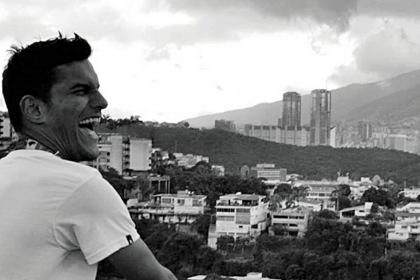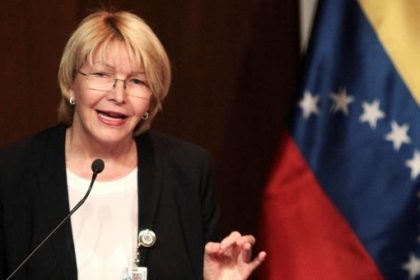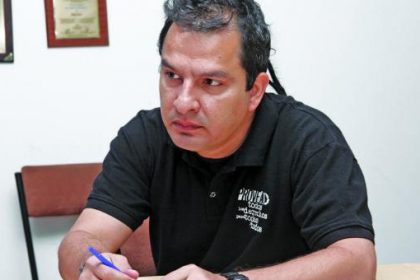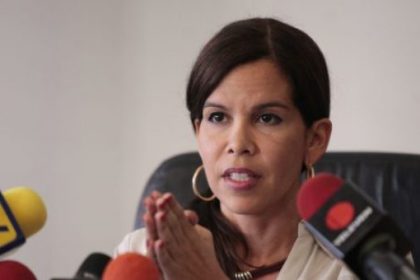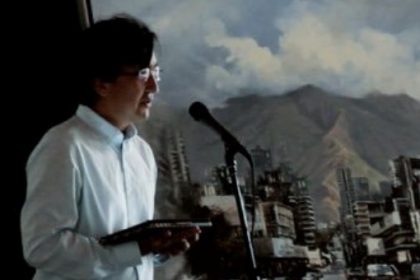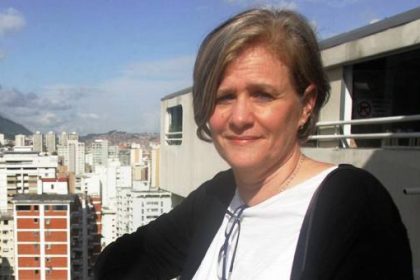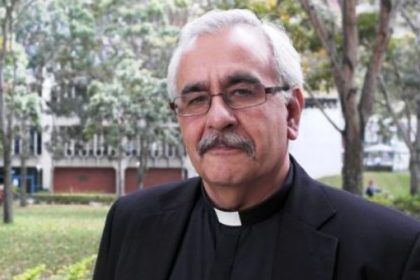Rafael Uzcátegui
A mobilisation process should not only be evaluated for the achievement of its objectives, but also for the organisational and symbolic balance it generates, as well as its unforeseen consequences. After this statement, it is important to clarify that we will focus on the factors that prevented the cycle of protests developed in Venezuela from the months of April to July 2017 from reaching its 4 major goals: Respect for the National Assembly (and subsequently to the Prosecutor’s Office); Opening of the Humanitarian Channel; Release of Political Prisoners and Announcement of the Electoral Timetable.
The massive demonstrations that took place, mostly in a peaceful manner -recognising that there were situations of violence but, given their magnitude, they were far from representing the movement- tried to cause a political transition due to the collapse of the government. The persistence of crowds in protest, acting in a non-violent way and being victims of the cruel repression whose images were spread all over the world, induced the division of the dominant coalition. Therefore, as expressed by young parliamentarians such as Freddy Guevara, it was expected that, at some point, public figures of the government, as well as members of the Armed Forces, would express their distancing from the actions of Nicolás Maduro, weakening the ruling party and thus provoking the negotiation of one sector to make way for another government. Although the regional experience had given examples of collapse transitions (Argentina, Ecuador, Bolivia to name a few), in our opinion, it did not work in the Venezuelan case due to the complementarity of the following situations:
1) Imposition of a fraudulent National Constituent Assembly: Given the magnitude and extent of the protests, the government decided to sacrifice its last positive symbolic element: The 1999 Magna Carta, generating a scenario of parallel institutionality, the feeling of defeat on the demonstrators and, finally, the end of the cycle of protests.
2) Overestimation of the political impact of the 16 July referendum: The promoters considered that a massive participation would, by itself, be enough to generate the rupture of the dominant coalition. Instead of assuming it as a milestone that should be part of a multiple strategy, the political spokespersons tried to have conversations with the figure of 7 million people as the main and only negotiation tool. The government bet that the announcements of protest radicalisation, the announced “street without return” and the exercise of article 350, would not materialise. And it was right.
3) Strength of state communication hegemony: Although the protests stimulated the appearance of new media and information dissemination strategies, the government’s control on the televised, printed , and -to a large extent- radioelectric spectrum, allowed them to keep the protests communicationally isolated from the sector of the population that did not participate in them. The common citizen had to make a significant effort to stay informed. Platforms were not developed to allow those interested to have a wider view of the group of manifestations, so it was also difficult to know, in a region, about the protests that occurred in the rest of the country. Finally, to clarify its responsibility, the government was effective in spreading the theory of “violence from side to side”, which was even amplified by some sectors of the opposition and, especially, by the so-called “critical chavism.”
4) The dominant coalition managed to maintain important levels of cohesion: The protests catalysed the distancing of some figures of the ruling party (Luisa Ortega Díaz and Gabriela Ramírez as the most important ones), but the set of factors of official power managed to stay united against the common enemy that represented the protests. The reasons are diverse: unitary blackmail, involvement in crimes and acts of corruption, defense of ideology over the principles and absence of a political space of action outside the chavism-madurism, among others.
5) Cohesion of the Armed Forces: Protesters appealed to the so-called “institutional sector” of the military. However, the process of intervention and control generated from the coup d’état of April 2002 has achieved, given the evidence, the neutralisation of that sector and the cooptation of military institutions with official ideology. Although the military sector as a whole has lost popularity, especially because of its link to alleged criminal acts, it has been the Bolivarian National Guard who is identified as responsible for the repression without harming the entire Armed Forces.
6) Lack of unity in “La Unidad”: It was public and notorious that in front of the demonstrations there were differences of opinion among the different political parties. For this reason, a joint and consensual strategy of the MUD -the coalition of opposition parties- was not developed to strengthen the demonstrations. Furthermore, a sector of the political parties bet to their exhaustion to recover protagonism in the political negotiation. Likewise, the number of parliamentarians that actively accompanied the mobilisations was minor with respect to the total number of legislators.
7) Scarce protagonism of the guilds: The demonstrations were carried out by the indignation of a crowd, resulting from the sum of individuals who came to them and developed initiatives of resistance. The social organisations, however, did not attend the protests as organised guilds, in part, because their bureaucratic structure of operation prevented responding with the agility and flexibility demanded by the events.
8) Relative incidence of “dissident chavism”: The discursive logic of the “economic war”, where the immolation would be a test of the “revolutionary faith,” generated that, despite the questioning of the leadership of Nicolás Maduro, the different sectors of Chavism had decided to close ranks in the defense of the government. Those who identify themselves as “critical chavism” are few in numbers, their impact -up until now- remains fundamentally symbolic, but they continue to reason according to Chavism’s own logic. For that reason, they did not support the National Assembly or the demonstrations, according to them, “because it benefited the MUD,” issuing messages that were incapable of influencing the events due to their nature.
9) Weak regional solidarity: Although the protests managed to sensitise a good part of the international and regional community, reflecting the authoritarian nature of the government, the solidarity of the social and popular movements of the continent for the democratic struggle in Venezuela continues being weak. The expectations generated by the inclusive-populist discourse of Chavism continue to generate broad allegiances, which have gone from militant solidarity to silence, with timid expressions of disapproval, after the deterioration of the situation.
—


